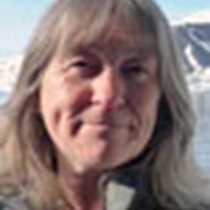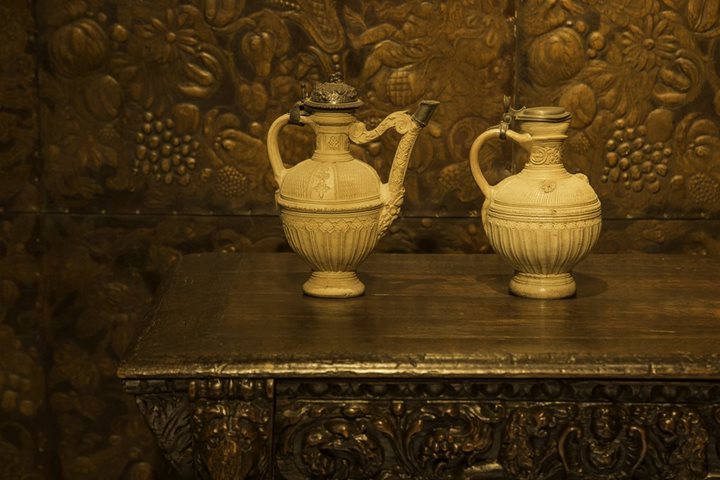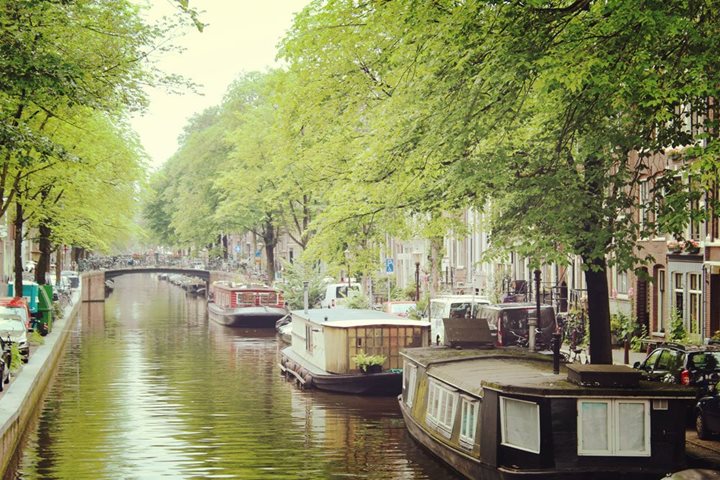Today we have arrived in the Netherlands! This morning we had emerged from the River Elbe and entered the UNESCO World Heritage Site area of the Wadden Sea (inscribed 2009), the biggest tidal area in the world, of which the Dutch people are very proud. A local specialist, Renate de Backere, joined us on the National Geographic Orion and gave us a passionate presentation about the importance, the natural values and the beauty of this world of mud and water. Ten to twelve million birds migrating between the Arctic and Africa each year depend on the Wadden Sea for the food resources of its delicate ecosystem. Mussels, oysters, periwinkles, shrimps and many types of worm provide food for spoonbills and terns as well as resident birds such as oystercatchers, curlew and ringed plover. Each bird’s bill is specially adapted to take advantage of a particular aspect of the food chain. The mussels come together in their millions to form reefs which protect the low-lying shores from the force of the waves and provide shelter for small fish and other creatures. Porpoises and breeding common seals and grey seals are also abundant here. The Wadden Sea was formed only six hundred years ago and is constantly changing – creating and destroying new salt marshes and islands with every passing season.
After lunch in the sunshine on the aft deck, our afternoon excursions took us to the beautiful old town of Harlingen. Some of us went by Zodiac through the town’s canal system, pausing while the sluice gates of the lock and the low bridges were opened by hand-cranking. Others walked into town to a tile workshop, where the ancient craft of traditional Dutch blue-and-white tile making was demonstrated. Our guides explained that the town had developed at the edge of this inland sea, and led us on a fascinating walk through the narrow lanes paved with the ubiquitous red and yellow bricks, amongst seventeenth-century town houses and warehouses, so picturesque in the warm late summer afternoon. As always with these medieval European towns, an old church stands at the centre of the community. First many of us visited one of Harlingen’s active churches, St Michaelkërk, before gathering at the Grote Kerk (Great Church), the original spot where a church has stood since 777 AD. The present building, a Reformed Protestant church, was built in the 1770s in Classical style, and only the tower, built in the Romanesque style around 1200, survives from an earlier time. The great treasure of this church is its magnificent organ.
What a delight it was to stroll along the canals and colourful streets, enjoying the town’s cafes and little shops full of local delicacies. Back on board the ship, some of the speciality cheeses and other local products were laid out for us to taste. Then there was time in the evening to drink in the Harlingen atmosphere before setting sail once more.







